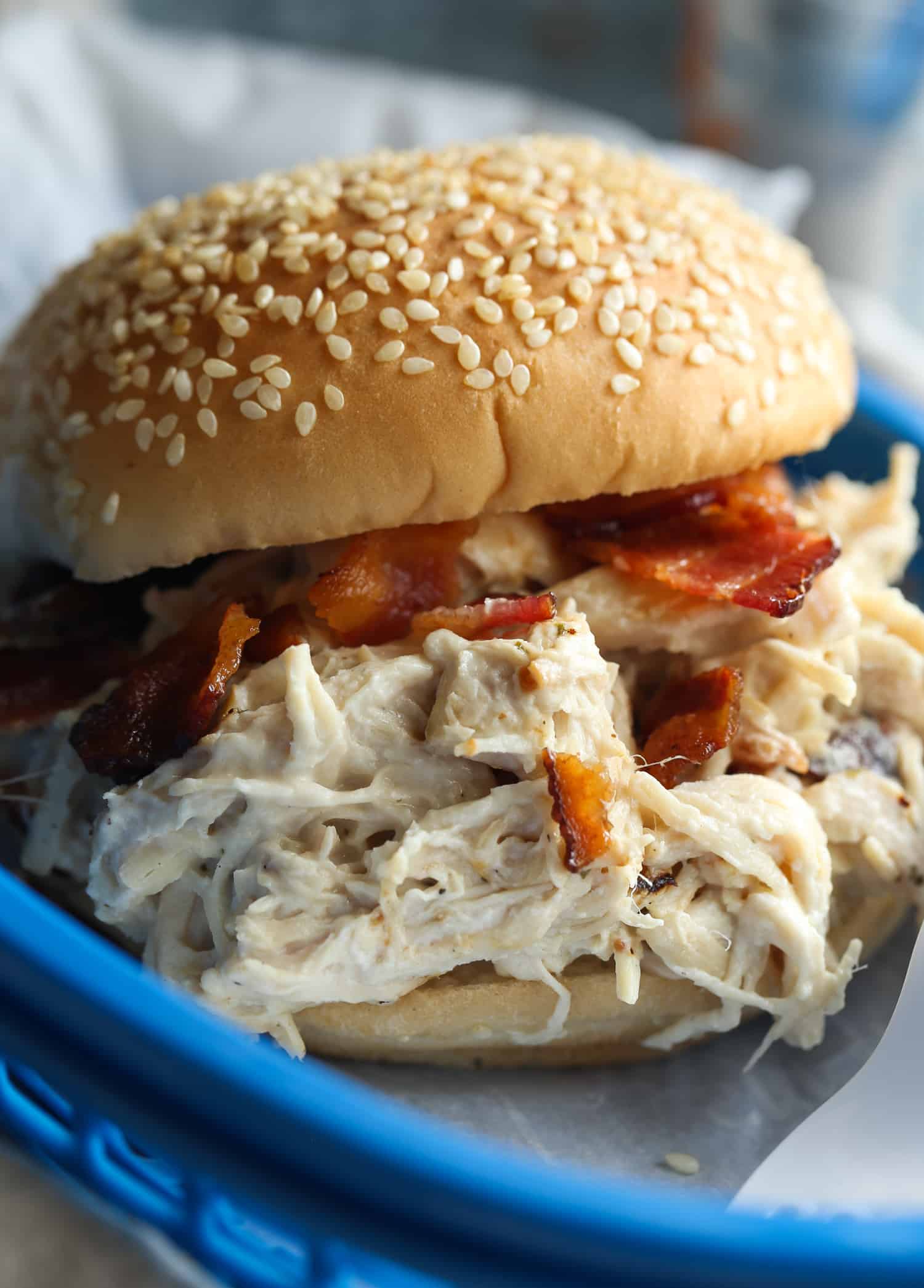Kitchen Tips
- The Perfect Cooking Pack Crackers
- The Perfect Cooking Pack Cracker Barrel
- The Perfect Cooking Pack Cracked
Don't let your cakes fall flat, dry out, toughen or crumble; with these tips, each slice will be total perfection.
Baking is a science, and makes following the rules are a lot more important than you might think. (Photo, Roberto Caruso.)
When cats discover something new, you cant tell em nothin. And it becomes an adicction. Crack two eggs (or however many you want to scramble) right into the pan, without scrambling them first (I know, this feels really wrong and scandalous). Sprinkle the eggs with salt. Solution: Mix your cake according to the recipe. There is a function to the order in which ingredients are added to create the right texture. As soon as you begin mixing flour with a liquid and a.
When something goes amiss in the kitchen, it’s important to understand what went wrong. When baking a cake, there are a lot of little things you can do to improve your odds of a winning finished product. Similarly, there are a lot of bad habits that can have equal influence on your recipe to negative effect. To help you on your quest to bake the perfect cake, here’s a breakdown of important dos and don’ts:
The seven rules for baking a perfect cake
Always grease the pan and line with parchment
It’s insurance that your cake will slide out cleanly after cooling.
Allow the oven to fully preheat first
The cakes needs to bake at the right temperature, no shortcuts.

Bake in the centre of the oven (unless otherwise specified)
If it doesn’t specify otherwise, that’s how the recipe was designed. Changes will alter your results.
Bake in the size of pan specified
Otherwise you’re looking at uneven baking, which means an uneven cake.
Don’t try to double the recipe

Cake recipes are more complex than that. Source out a recipe for a larger volume instead.
Use fresh ingredients
Old ingredients taste bad, and old leaveners (like baking soda) simply don’t work. Danganronpa: trigger happy havoc crack.
No substitutions
The Perfect Cooking Pack Crackers
With the exception of spices, don’t substitute ingredients. Especially ones that have structural impact.
Six common baking-fails, and how they can be prevented
Your cake is too dense
A cake that is overly dense typically has too much liquid, too much sugar or too little leavening (not excess flour, as is commonly thought).
Solution: Make sure you’re using wet measures for wet ingredients and dry measures for dry; check the freshness of your baking soda and powder, and check your oven temp to make sure it’s hot enough. A cake that bakes too slowly takes longer to set and may fall, causing a dense texture.
There are holes and tunnels in your cake
Cakes that have holes are problematic, especially if you plan to slice them horizontally. Holes in cakes are caused by improper mixing (generally over-mixing). You can always fill the holes with frosting to cover them up, but of course preventing them in the first place is the better plan.
Solution:Consider what mixing method you’re using.
If you have a recipe that calls for hand-mixing, yet you use a hand blender, you’ll need to mix much less. Standing mixers are incredibly efficient, but will mix your cakes very quickly. Make sure your ingredients (eggs, liquid and dairy) are as close to room temperature as possible to encourage proper mixing.
Your cake is dry
The culprits for dry cake are ingredients that absorb moisture, such as flour or other starches, cocoa or any milk solids. A second, and equally damaging culprit, is over-baking.
Solution:Ensure that you’re measuring your flour properly.
Spoon the flour into the measuring cup and level off evenly. Avoid dipping your measuring cup into the bag as this presses the flour into your cup and you’ll end up with too much flour. Measure cocoa powder the same way. To avoid over baking, there are three indicators that you should look for to determine if your cake is done: The cake should be slightly pulling away from the side of the pan, a cake tester inserted into the deepest part of the cake comes out clean, and the cake should spring back when gently pressed.
Your cake is tough
Mixing is a tricky thing when it comes to cakes. You need to find the perfect speed, temperature and duration to form perfectly-sized little air cells to make the ideal texture. Toughness in cakes is caused by over-mixing, or the wrong type of flour.
The Perfect Cooking Pack Cracker Barrel
Solution:Mix your cake according to the recipe.
There is a function to the order in which ingredients are added to create the right texture. As soon as you begin mixing flour with a liquid and a fat, gluten is developed. Gluten is not desirable in cakes, so mix thoroughly, but as little as possible. Make sure you’re using the correct flour. If your recipe calls for a cake or pastry flour then an all-purpose flour or bread flour will be too hard, creating a tough crumb.
Your cake broke when you turned it out of the pan
A cake has gone through a lot over the last 30 minutes, not to mention turning from a liquid to a solid! It needs a minute or two to gain its composure once removed from the oven.
Solution:Line the bottoms of your pan with parchment paper.
Cakes should rest in their pans on a rack for 15 minutes after coming out of the oven. By lining the bottom of the pan with parchment, you give yourself some added insurance that the cake will slide out after cooling. (Running a sharp knife between the inside of the pan and the cake is a good idea, too.)
Your icing is full of crumbs
Crumbs are the cake-decorator’s nemesis! They’re inevitable if you build a layer cake and have to split the layers, but there is a fix to minimize these irritating little morsels.
Solution: Do a ‘crumb coat’ when frosting your cake.
Whether you’re making the simplest of cakes or the most extravagant of gateaus, put a very thin layer of icing on the cake for starters. This layer glues down the crumbs. Chill the cake until that crumb coat is firm, then continue icing your cake. There shouldn’t be a crumb in sight.

Originally published January 2015; Updated May 2019.
The Perfect Cooking Pack Cracked

